Extending Lifespan And Aesthetics: Parking Lot Sealcoating Explained
What is sealcoating?
Sealcoating acts as a protective layer for parking lots, shielding the asphalt from damage. It preserves both the appearance and longevity of pavement surfaces, preparing them to withstand various environmental pressures.
Purpose of sealcoating
Sealcoating serves as a shield for parking lots and driveways, effectively filling in cracks and creating a barrier against the elements. This process not only extends the life of asphalt pavement by protecting it from water, oils, chemicals, and UV damage but also plays a critical role in pavement preservation.
By applying a layer of sealcoat, commercial property managers can prevent major damages caused by harsh weather conditions and continuous vehicular use.
Beyond extending pavement lifespan, sealcoating enhances the overall appearance of a property. A well-maintained parking lot boosts curb appeal, making it more inviting to customers or visitors.
This simple yet effective form of surface protection ensures that pavements remain durable and visually appealing over time.
Benefits of sealcoating
Sealcoating shields asphalt pavements from the sun's harmful UV rays, water seepage, and chemical spills. By filling surface damage and providing a protective coat, it greatly reduces the risk of premature deterioration.
This process not only extends the lifespan of parking lots but also boosts their visual appeal with a fresh, new look.
Preventing water intrusion below the surface is another key benefit. Sealcoating stops oxidation caused by exposure to air and sunlight, slowing down asphalt aging. Parking lot maintenance through sealcoating ensures that surfaces are waterproofed, preserving pavement integrity for longer periods.
This method effectively rejuvenates asphalt, replacing eroded materials and maintaining its structure against daily wear and tear.
Preparation and application process
Sealcoating plays a crucial role in pavement maintenance and asphalt preservation. It acts as a protective coating, extending the life and aesthetics of parking lots by shielding them from various damaging elements. For commercial property managers seeking to maintain their properties efficiently, understanding the preparation and application process of sealcoating is essential.
- Begin with a thorough inspection of the parking lot. Professionals examine the surface for any signs of damage such as cracks or potholes. This initial step ensures that only areas in good condition are seal coated.
- Next, engage in deep cleaning of the asphalt surface. Crews use blowers, brushes, and perhaps power washers to remove debris, dirt, and loose particles. A clean surface allows for better adhesion of the sealcoat.
- Address necessary repairs before proceeding with sealing. Fill any cracks or potholes identified during the inspection phase to prevent water intrusion and further deterioration. Crack sealing is vital for preserving the integrity of the pavement.
- Prioritize safety by blocking off the area set for sealcoating. Use cones, barricades, and signage to deter vehicles and pedestrians from entering the workspace.
- Apply the sealcoat evenly across the prepared asphalt surface using specialized equipment like squeegees or spray systems. The professionals ensure uniform coverage to create an effective barrier against moisture, oils, and UV rays.
- Allow ample drying time following application. The surface should be free from traffic for a designated period to let the sealcoat cure properly, ensuring maximum durability and effectiveness.
- Upon completion, conduct a final assessment to confirm quality workmanship and proper coverage.
Taking these steps enhances road surface maintenance and driveway sealing efforts significantly.
With thorough preparation backed by professional application techniques, commercial property managers can achieve notable cost-effectiveness while ensuring their parking lots remain attractive and durable for years.
Moving forward into understanding other vital aspects surrounding this topic is critical for comprehensive preventive asphalt maintenance strategies.
The Difference Between Sealcoating and Asphalt Paving
Sealcoating and asphalt paving serve different purposes for a parking lot. While sealcoating protects and beautifies existing pavement, asphalt paving lays down a brand-new layer.
Key differences between sealing and paving a parking lot
Sealcoating serves as a preventive measure for surface maintenance, effectively adding a protective layer to shield the parking lot from damage. This process involves applying a thin sealant layer on top of the pavement, which works wonders in prolonging its appearance and usability.
The application of this surface coating aids in protecting the parking area against water penetration, oil spills, and UV rays—all enemies that can significantly reduce pavement longevity.
On the other hand, asphalt paving deals with more substantial repairs and pavement refurbishment. Unlike sealcoating's preventive approach, paving addresses existing issues by laying down a new base layer of asphalt.
This method is essential for correcting significant damages or completely resurfacing an aging parking lot. Asphalt paving ensures structural integrity and stability of the parking area, making it crucial for extensive repair needs beyond mere surface restoration provided by sealcoating.
Sealing as a preventative measure
Moving from understanding the differences between sealcoating and asphalt paving, it's clear that one key advantage of applying a surface sealant lies in its role in preventative maintenance.
Sealing provides a protective coating for parking lots, safeguarding them against various forms of deterioration. This measure not only preserves the pavement but also prevents defects before they start.
By creating a barrier on the surface, sealing defends against damage from heavy traffic, gasoline leaks, salt during winter seasons, and water penetration.
The application of this preventive layer does more than just protect; it extends the lifespan of asphalt pavement by offering resistance to weather conditions and UV rays. Additionally, sealcoating enhances the overall look of parking lot surfaces, contributing to a positive first impression for visitors or clients driving into your commercial property.
Crucially for property managers looking at long-term cost savings and surface maintenance strategies - investing in regular sealcoating sessions ensures minimal need for expensive repairs down the line.
Sealcoating thus stands as an indispensable aspect of effective parking lot maintenance and pavement preservation plans.
Conclusion
Parking lots endure a lot but sealcoating offers them a strong shield, extending their lifespan by decades. This maintenance work not only preserves the asphalt but also boosts its appearance significantly.
Professionals apply it efficiently, making this process both cost-effective and essential for pavement longevity. Isn't it time to consider how your parking lot could benefit from such protective measures? By investing in regular sealcoating, you ensure both durability and aesthetic appeal for years to come.
Every two to three years, make the smart choice to give your pavement this vital care. Contact us today to get started!

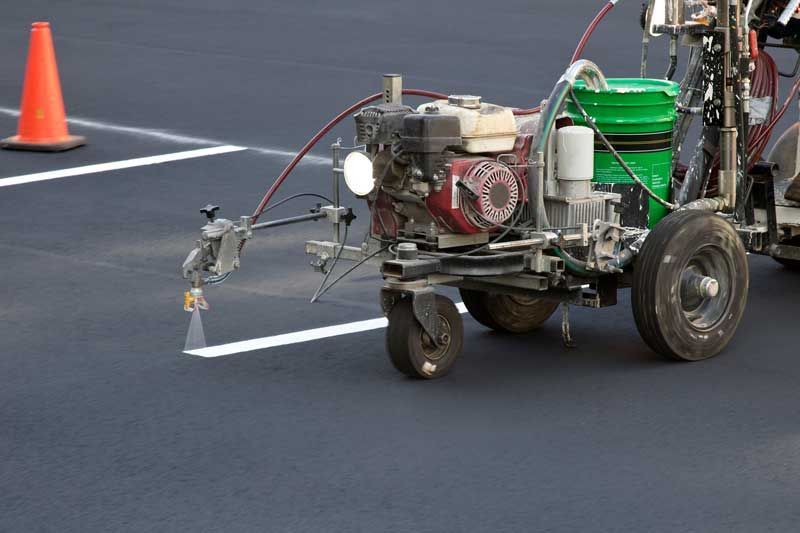
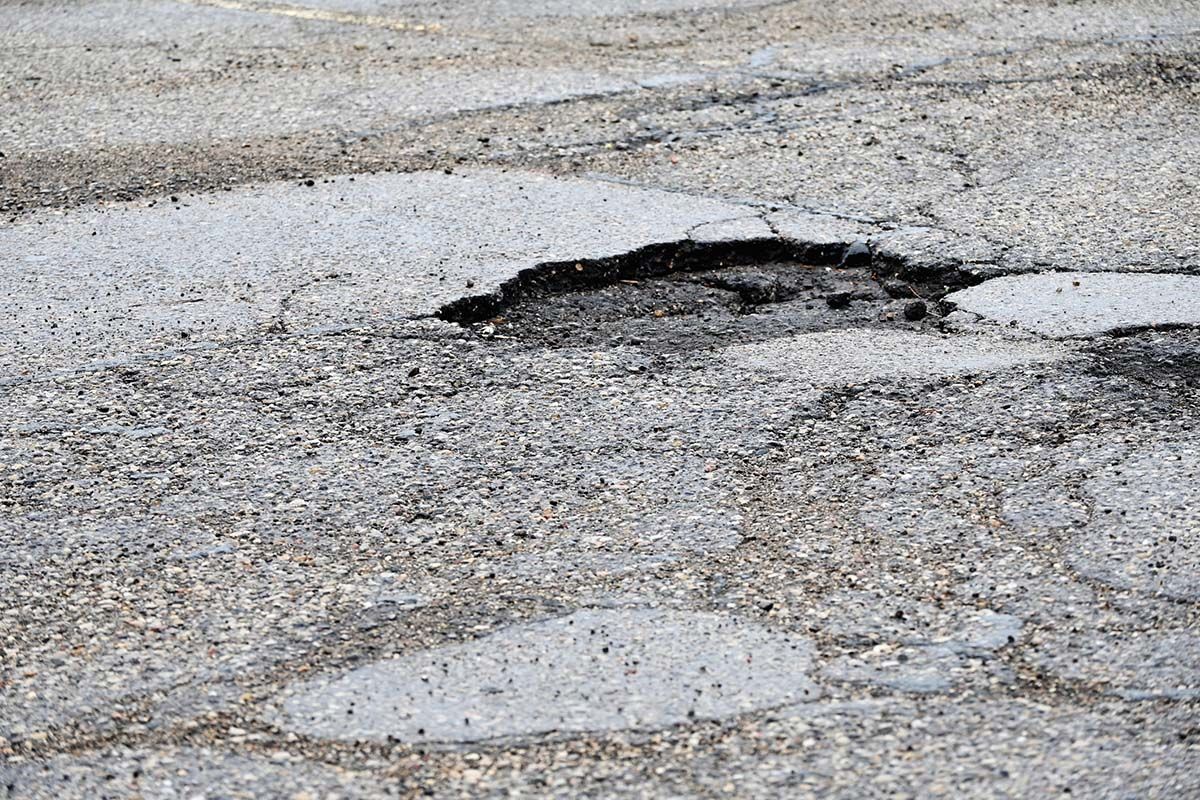
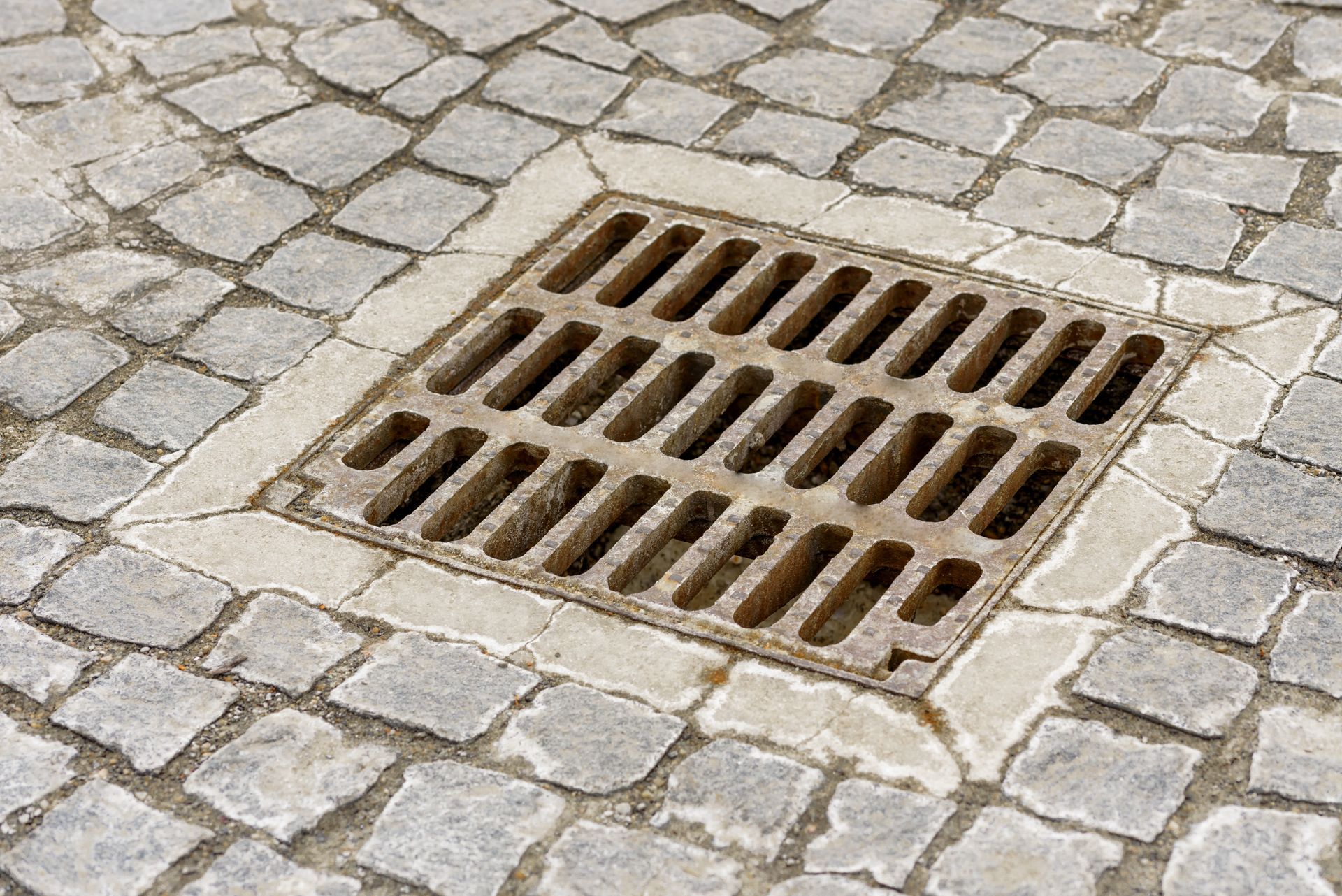
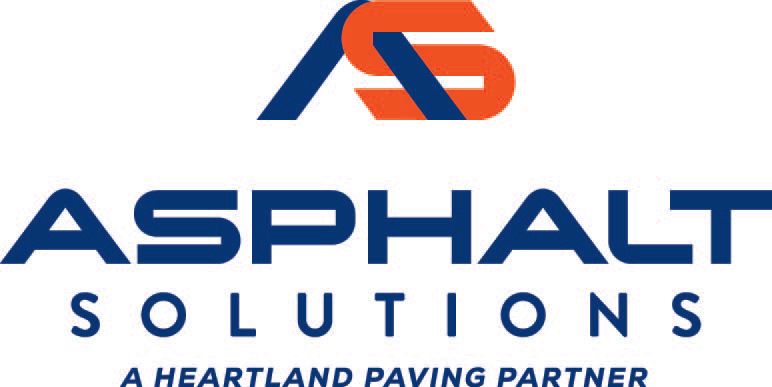
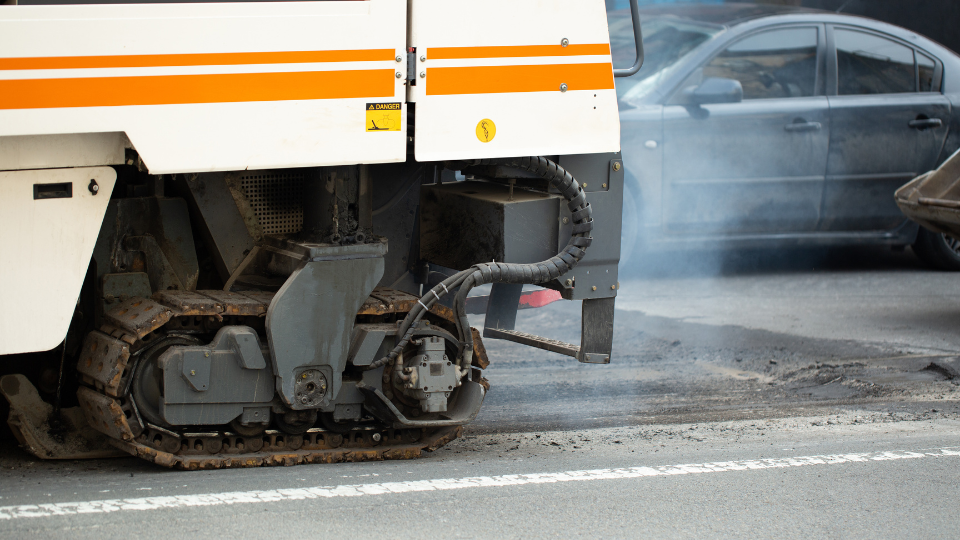
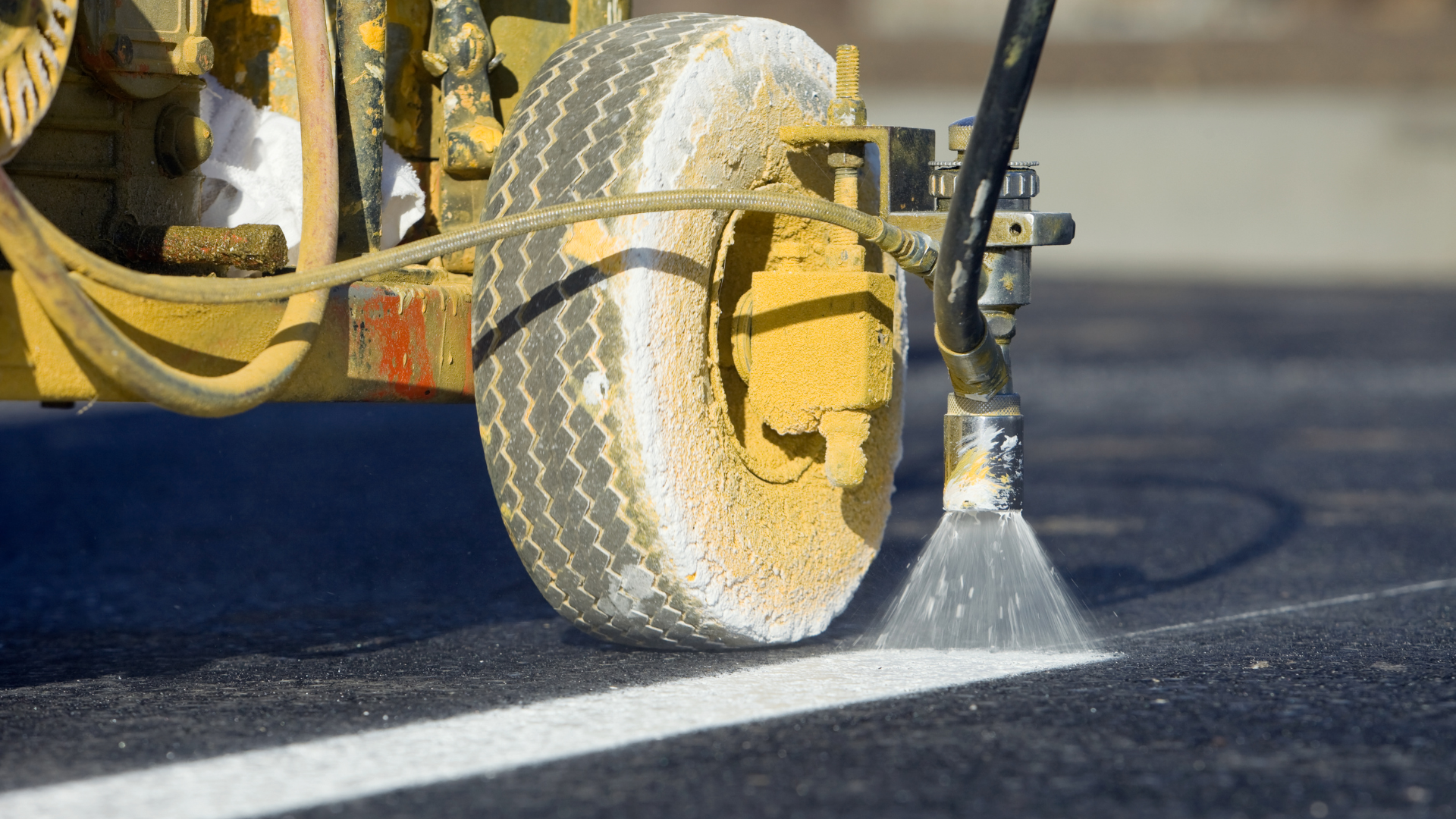
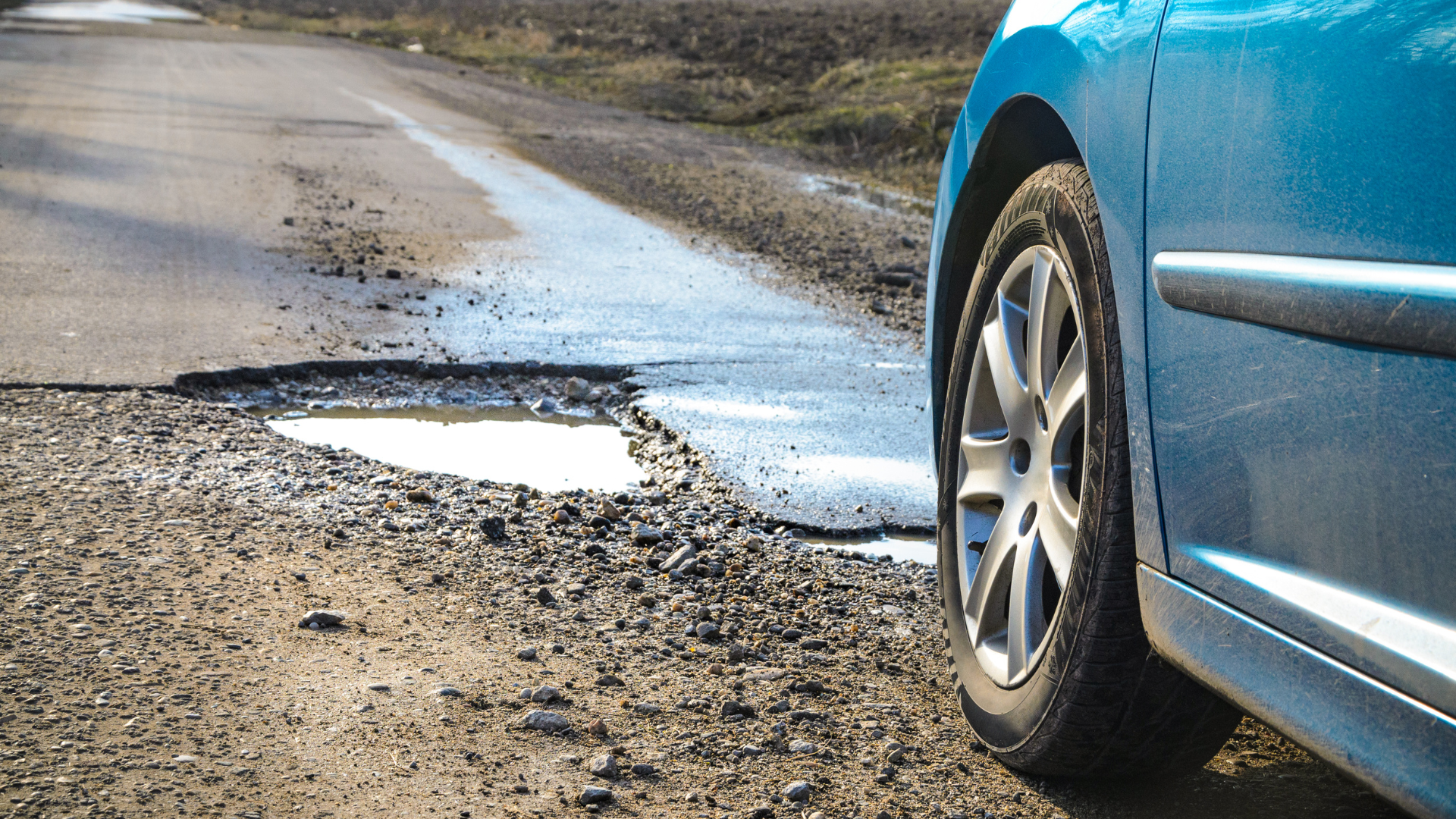


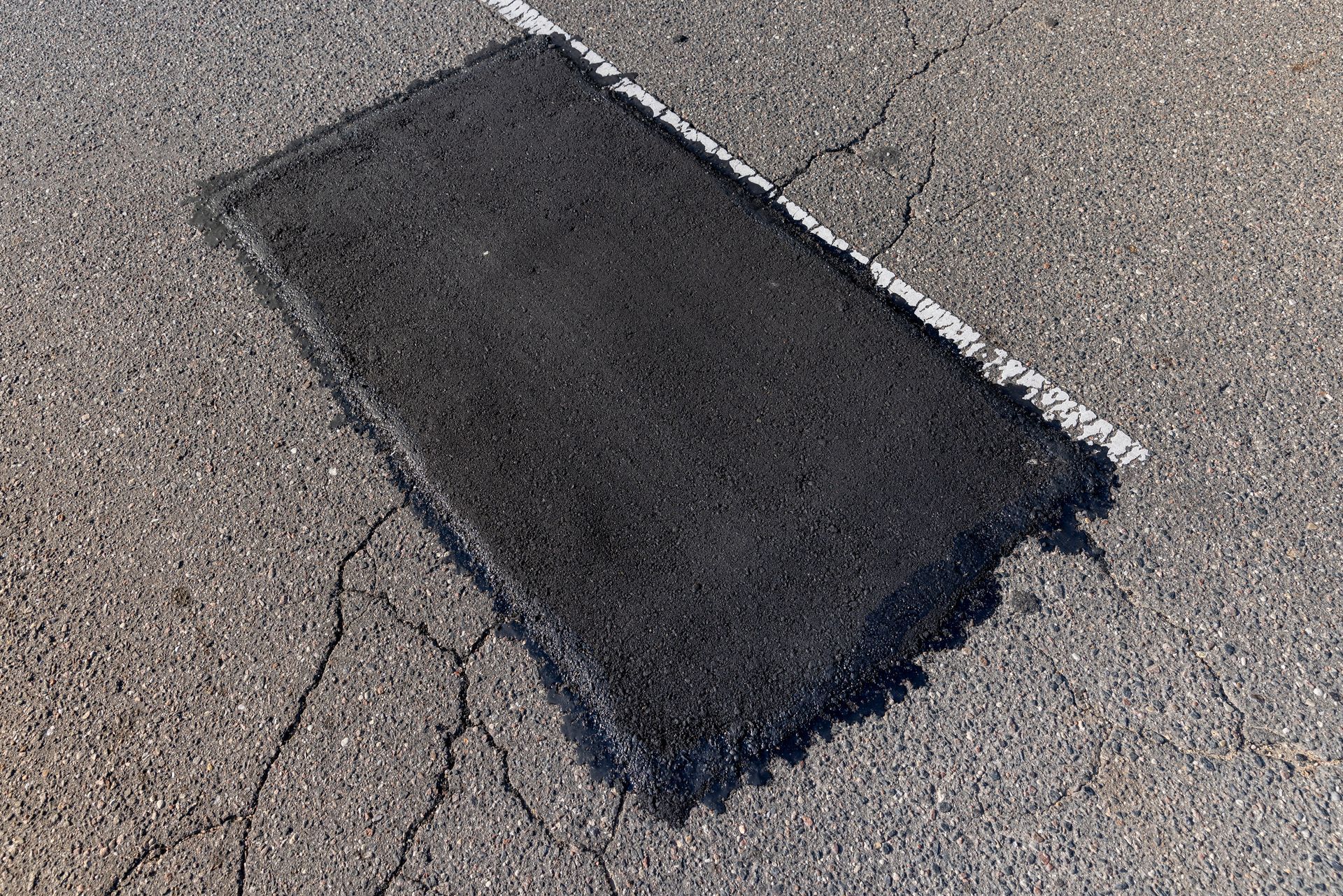
Share On: